进程间通信——管道
Posted WoLannnnn
tags:
篇首语:本文由小常识网(cha138.com)小编为大家整理,主要介绍了进程间通信——管道相关的知识,希望对你有一定的参考价值。
文章目录
进程间通信介绍
进程间通信目的
- 数据传输:一个进程需要将它的数据发送给另一个进程
- 资源共享:多个进程之间共享同样的资源。
- 通知事件:一个进程需要向另一个或一组进程发送消息,通知它(它们)发生了某种事件(如进程终止时要通知父进程)。
- 进程控制:有些进程希望完全控制另一个进程的执行(如Debug进程),此时控制进程希望能够拦截另一个进程的所有陷入和异常,并能够及时知道它的状态改变。
进程间通信发展
- 管道
- System V进程间通信
- POSIX进程间通信
进程间通信分类
管道
- 匿名管道pipe
- 命名管道
System V IPC
- System V 消息队列
- System V 共享内存
- System V 信号量
POSIX IPC
- 消息队列
- 共享内存
- 信号量
- 互斥量
- 条件变量
- 读写锁
要让两个不同的进程实现通信,前提是让这两个进程看到同一份资源
管道
什么是管道
- 管道是Unix中最古老的进程间通信的形式。
- 我们把从一个进程连接到另一个进程的一个数据流称为一个“管道 ”
匿名管道
#include <unistd.h>
功能:创建一个无名管道
函数原型
int pipe(int fd[2]);
参数
fd:文件描述符数组,其中fd[0]表示读端, fd[1]表示写端
返回值:成功返回0,失败返回-1
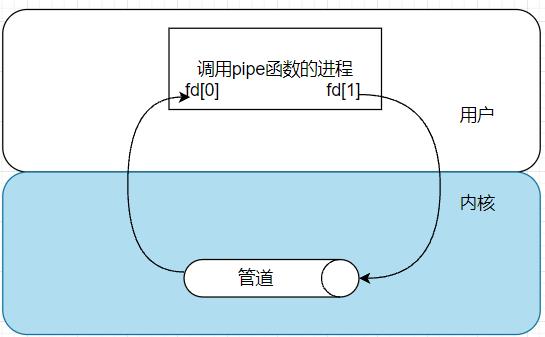
实例代码
//例子:从键盘读取数据,写入管道,读取管道,写到屏幕
#include <stdio.h>
#include <stdlib.h>
#include <string.h>
#include <unistd.h>
int main( void )
int fds[2];
char buf[100];
int len;
if ( pipe(fds) == -1 )//创建匿名管道
perror("make pipe"),exit(1);
// read from stdin
while ( fgets(buf, 100, stdin) ) //循环向buf中写数据
len = strlen(buf);
// write into pipe
//先写再判断
if (write(fds[1], buf, len) != len) //当实际写入管道的字符个数不等于buf长度时,就写入错误
perror("write to pipe");
break;
memset(buf, 0x00, sizeof(buf));//将buf的内容置为0
// read from pipe
if ( (len=read(fds[0], buf, 100)) == -1 ) //先读再判断
perror("read from pipe");
break;
// write to stdout
if ( write(1, buf, len) != len ) //先写再判断
perror("write to stdout");
break;
用fork来共享管道原理
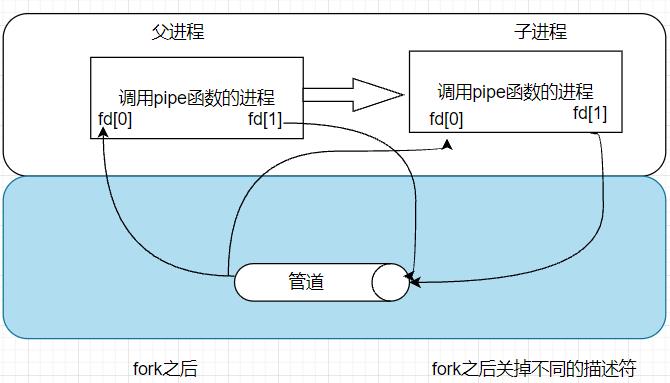
站在文件描述符角度-深度理解管道
因为我们最开始的进程打开了标准输入、标准输出、标准错误三个文件,所以之后所有的进程都默认打开这三个文件
为什么文件不会各自私有?因为文件是不属于进程的
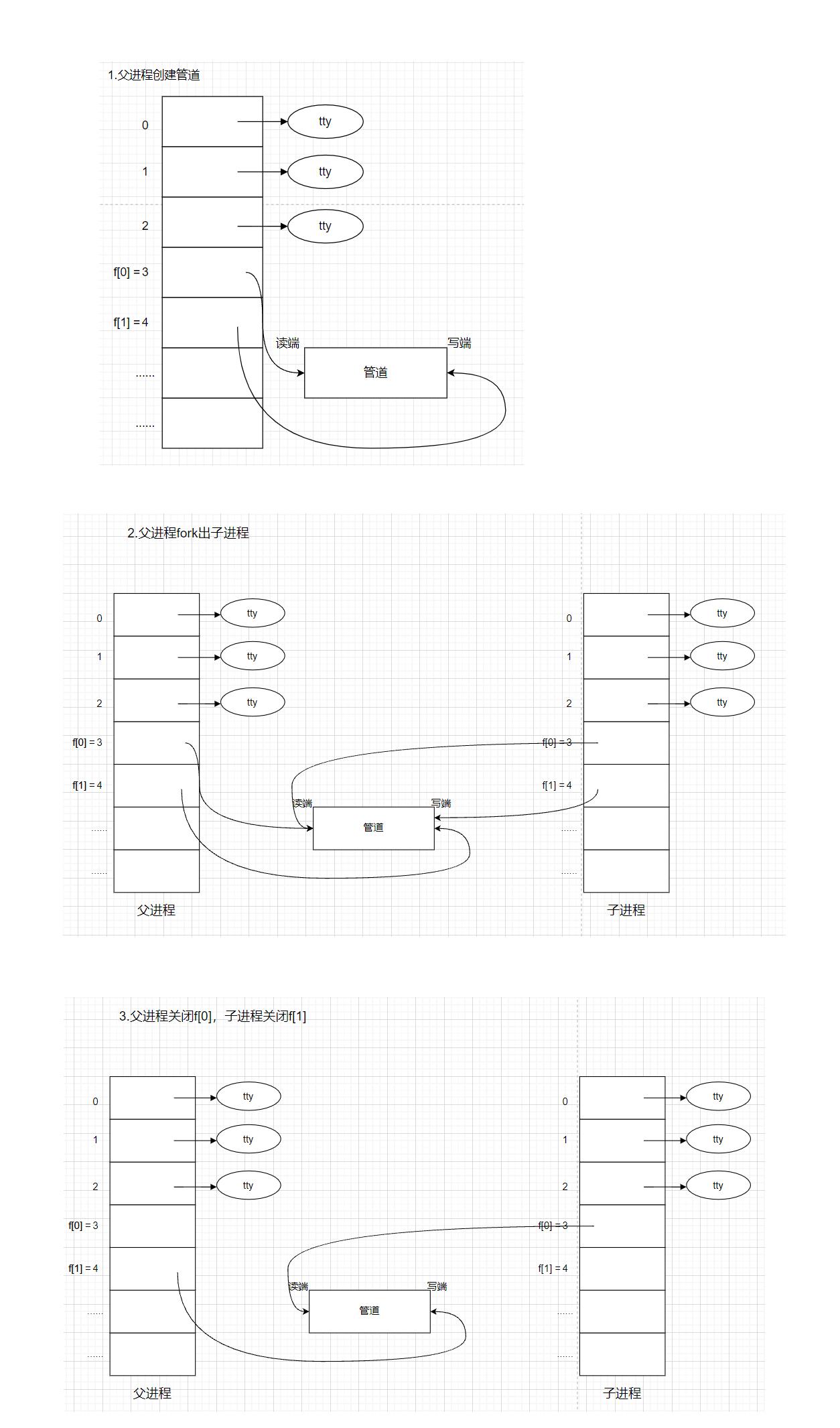
站在内核角度-管道本质
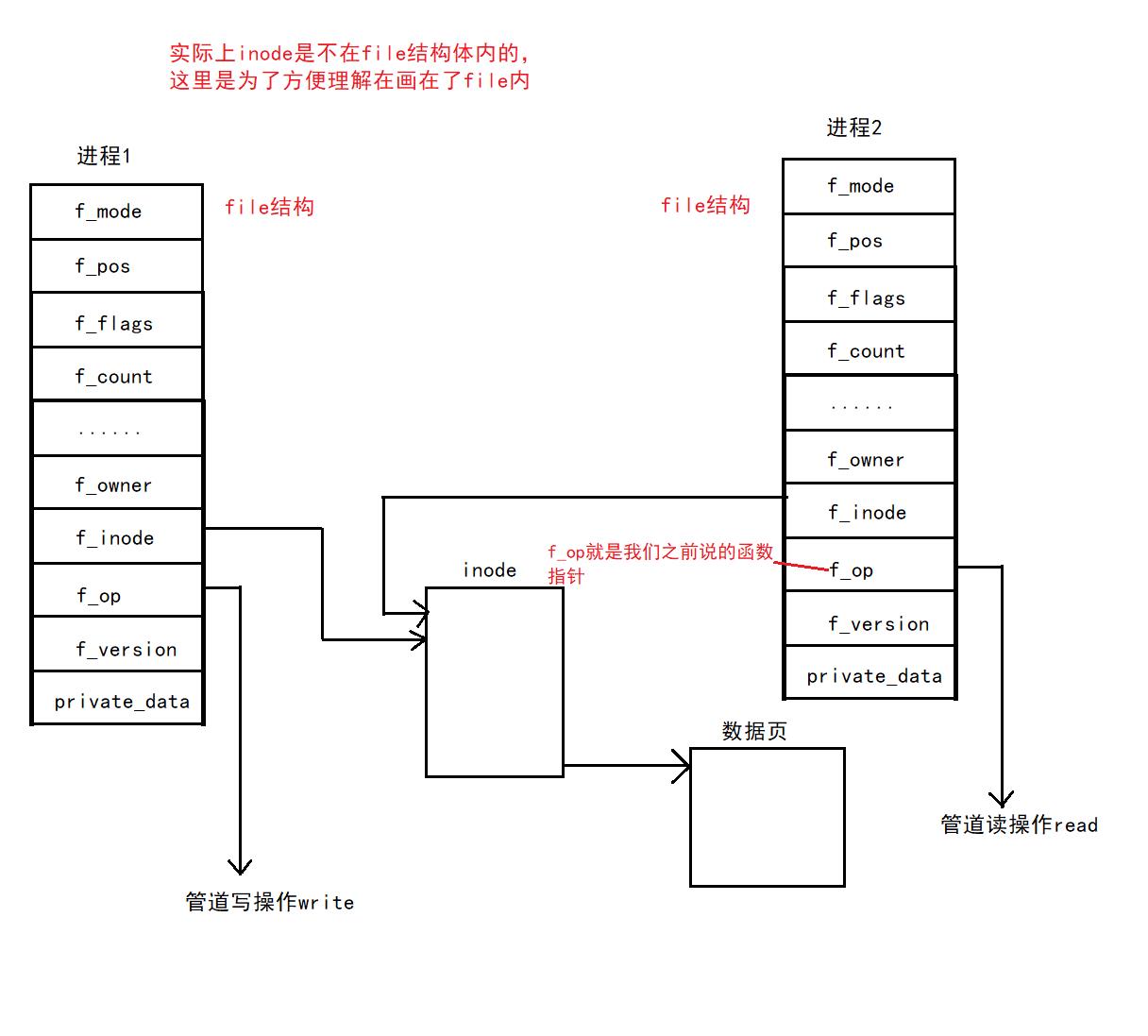
f_op就是我们之前说的函数指针。
图是简化理解的,inode指针并不在struct file中
所以,看待管道,就如同看待文件一样!管道的使用和文件一致,迎合了“Linux一切皆文件思想” 。
#include <unistd.h>
#include <stdlib.h>
#include <stdio.h>
#include <errno.h>
#include <string.h>
#define ERR_EXIT(m) \\ do \\ \\ perror(m); \\ exit(EXIT_FAILURE); \\ while(0)
int main(int argc, char *argv[])
int pipefd[2];
if (pipe(pipefd) == -1)
ERR_EXIT("pipe error");
pid_t pid;
pid = fork();
if (pid == -1)
ERR_EXIT("fork error");
if (pid == 0) //子进程
close(pipefd[0]);//关闭读端
//向管道写入
write(pipefd[1], "hello", 5);
//关闭写端,减少文件描述符的占用
close(pipefd[1]);
exit(EXIT_SUCCESS);
//父进程关闭写端
close(pipefd[1]);
char buf[10] = 0;
//从管道中读数据
read(pipefd[0], buf, 10);
printf("buf=%s\\n", buf);
return 0;
管道读写规则
-
如果写端不关闭文件描述符,也不写入,读端可能会阻塞很长时间(可能管道中一开始就有数据,不会立马就阻塞)
示例:
#include<stdio.h> #include <unistd.h> #include<string.h> int main() int pi[2] = 0; if (pipe(pi) < 0)//创建匿名管道失败 perror("pipe"); return 1; int pid = fork(); if (pid < 0) perror("fork"); return 1; //让子进程写,父进程读 if (pid == 0)//子进程 //怕失误使用了另一个接口,所以关闭子进程的读 close(pi[0]); const char* buf = "I am a child!\\n"; while (1) write(pi[1], buf, strlen(buf)); sleep(3);//子进程每隔3s才写入 else//父进程,只读 close(pi[1]); char buf[64]; while (1) ssize_t s = read(pi[0], buf, sizeof(buf) - 1); if (s > 0) buf[s] = 0; printf("father get info from pipe:%s\\n", buf); return 0;因为子进程每隔3s才写入管道,而父进程则是无间断地读取管道数据,所以相对来说父进程会阻塞一段时间:
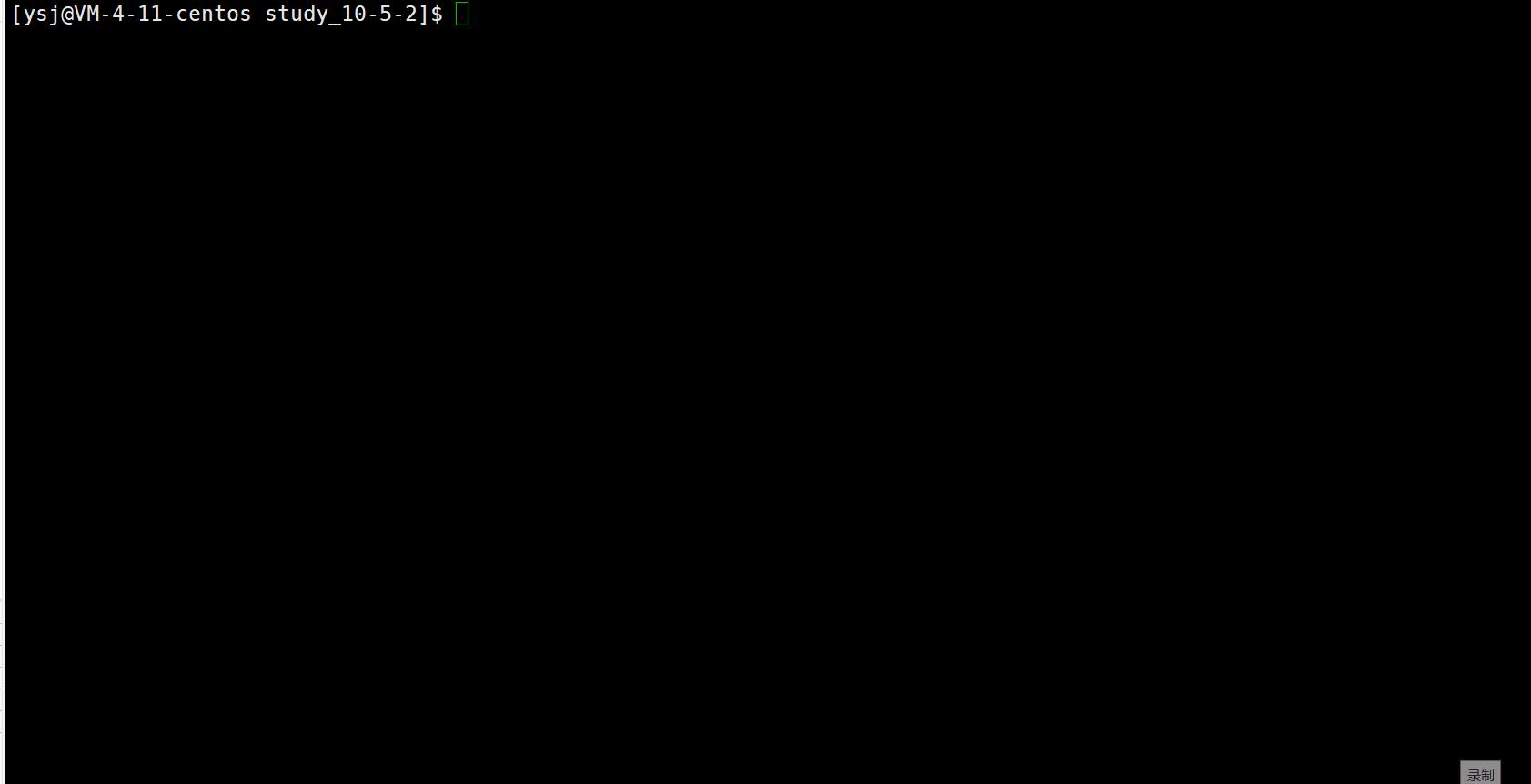
所以,如果我们关闭了子进程的文件描述符,父进程就会一直在等待,也就是陷入长时间的阻塞。
-
当我们写入时,如果写入条件不满足(管道满了,读端读取速度太慢),写入端就会阻塞
#include<stdio.h> #include <unistd.h> #include<string.h> int main() int pi[2] = 0; if (pipe(pi) < 0)//创建匿名管道失败 perror("pipe"); return 1; int pid = fork(); if (pid < 0) perror("fork"); return 1; //让子进程写,父进程读 if (pid == 0)//子进程 //怕失误使用了另一个接口,所以关闭子进程的读 close(pi[0]); const char* buf = "I am a child!\\n"; int count = 0; while (1) write(pi[1], buf, strlen(buf)); printf("CHILD:%d\\n", count++); else//父进程,只读 close(pi[1]); char buf[64]; while (1) ssize_t s = read(pi[0], buf, sizeof(buf) - 1); sleep(1);//父进程每隔1s读一次 if (s > 0) buf[s] = 0; printf("father get info from pipe:%s\\n", buf); return 0;可以看到,子进程一开始就在猛地写入,而父进程每隔1s才读一次数据,并且从父进程开始读数据,子进程就没有再写入了,是因为管道满了,写入条件不满足,无法完成写入。
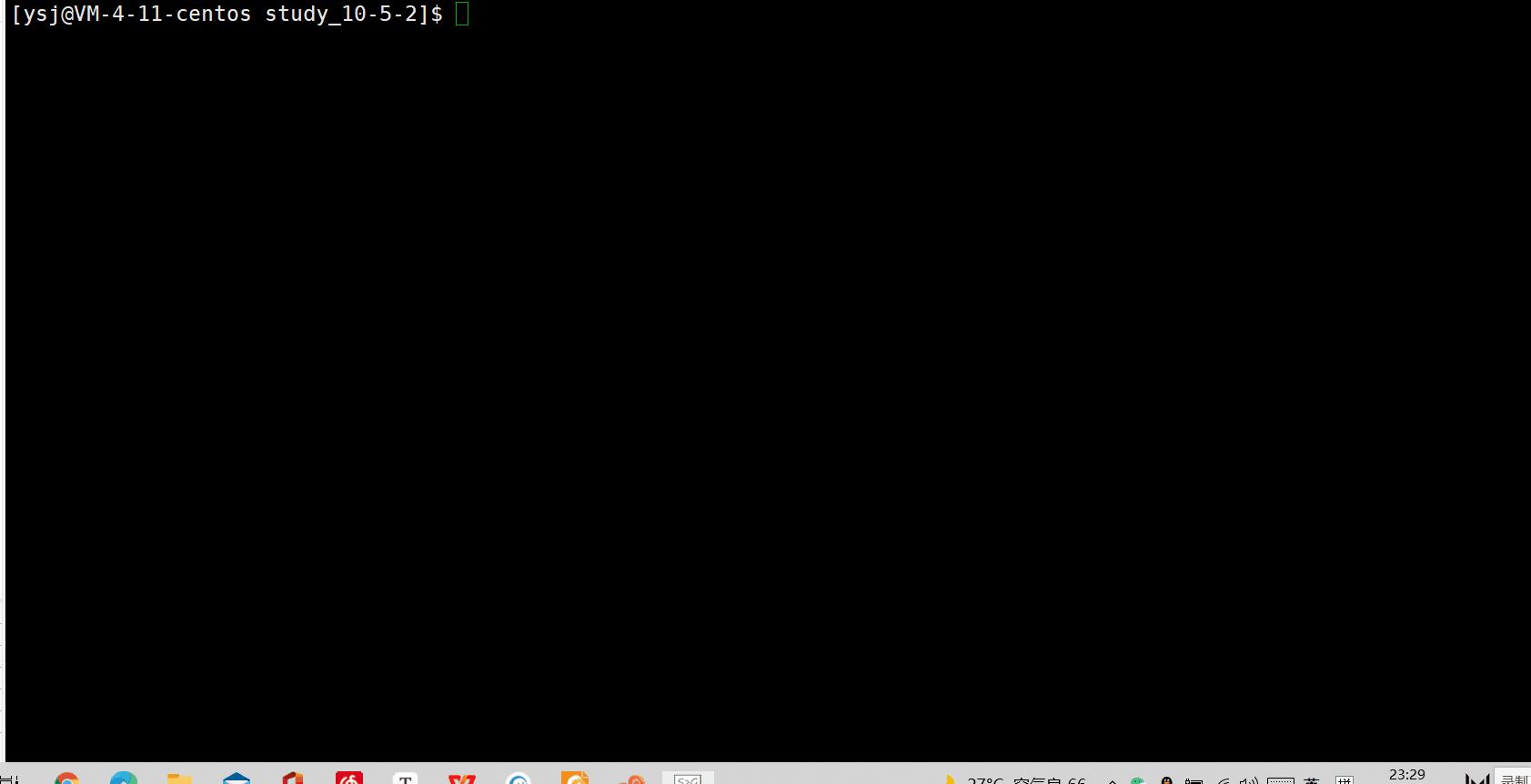
-
如果写端关闭文件描述符,读端在读取管道时会读到0,也就是read函数返回0
#include<stdio.h> #include <unistd.h> #include<string.h> int main() int pi[2] = 0; if (pipe(pi) < 0)//创建匿名管道失败 perror("pipe"); return 1; int pid = fork(); if (pid < 0) perror("fork"); return 1; //让子进程写,父进程读 if (pid == 0)//子进程 //怕失误使用了另一个接口,所以关闭子进程的读 close(pi[0]); const char* buf = "I am a child!\\n"; int count = 0; while (1) if (count == 5)//子进程只写入5次 close(pi[1]); write(pi[1], buf, strlen(buf)); ++count; else//父进程,只读 close(pi[1]); char buf[64]; while (1) ssize_t s = read(pi[0], buf, sizeof(buf) - 1); sleep(1);//父进程休眠1s再读取 if (s > 0) buf[s] = 0; printf("father get info from pipe:%s\\n", buf); printf("father exit return : %d\\n", s); return 0;子进程无休眠地只写入5次,而父进程休眠1s读取一次,当子进程停止写入后,父进程从管道中读取的数据就为0了。
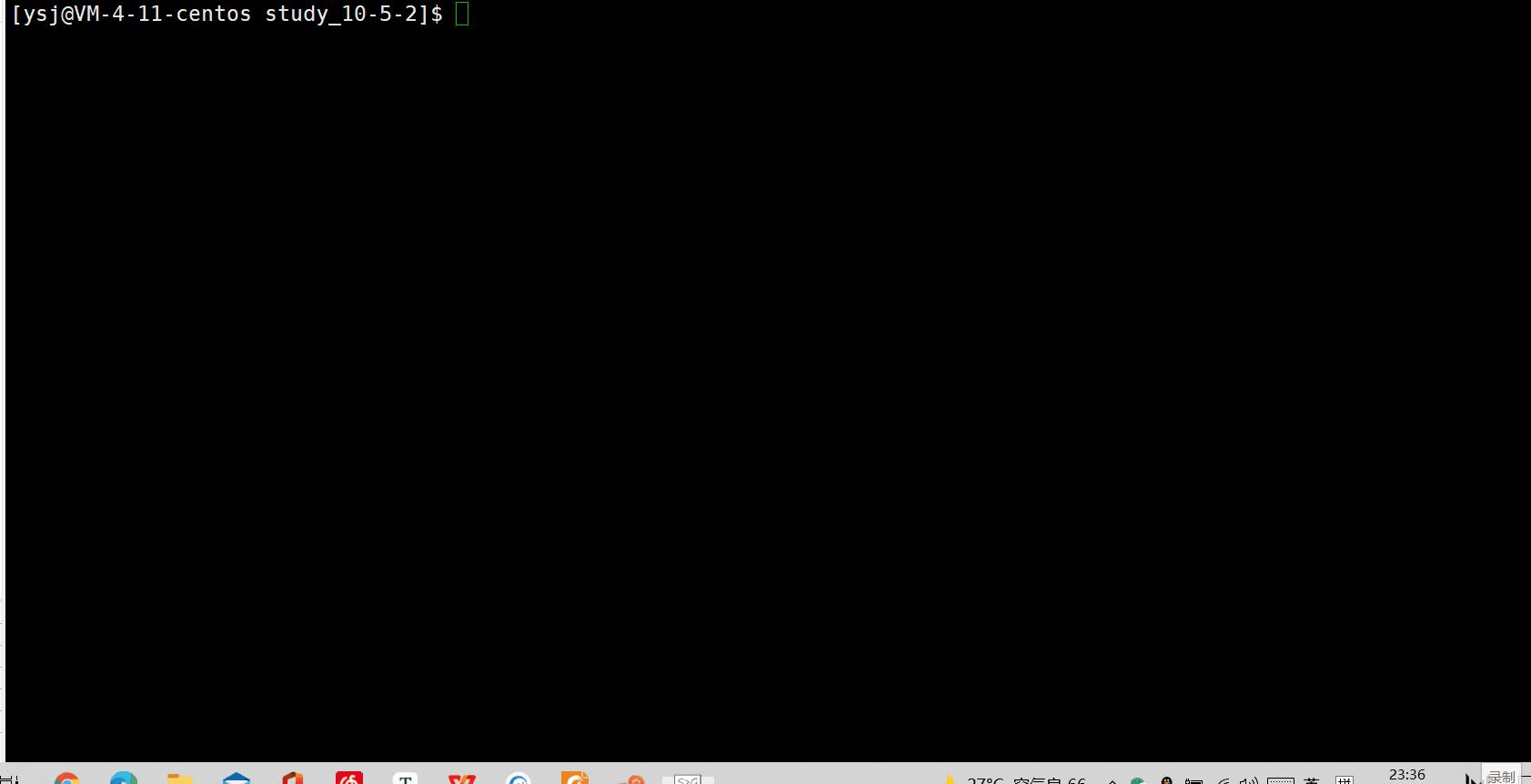
-
如果读端关闭,写端进程可能直接被杀掉
#include<stdio.h> #include <unistd.h> #include<string.h> #include<stdilb.h> int main() int pi[2] = 0; if (pipe(pi) < 0)//创建匿名管道失败 perror("pipe"); return 1; int pid = fork(); if (pid < 0) perror("fork"); return 1; //让子进程写,父进程读 if (pid == 0)//子进程 //怕失误使用了另一个接口,所以关闭子进程的读 close(pi[0]); const char* buf = "I am a child!\\n"; int count = 0; while (1) write(pi[1], buf, strlen(buf)); printf("CHILD:%d\\n", count++); exit(2); else//父进程,只读 close(pi[1]); char buf[64]; int count = 0; while (1) if (5 == count++) close(pi[0]); break; ssize_t s = read(pi[0], buf, sizeof(buf) - 1); sleep(1); if (s > 0) buf[s] = 0; printf("father get info from pipe:%s\\n", buf); return 0;初步观察:
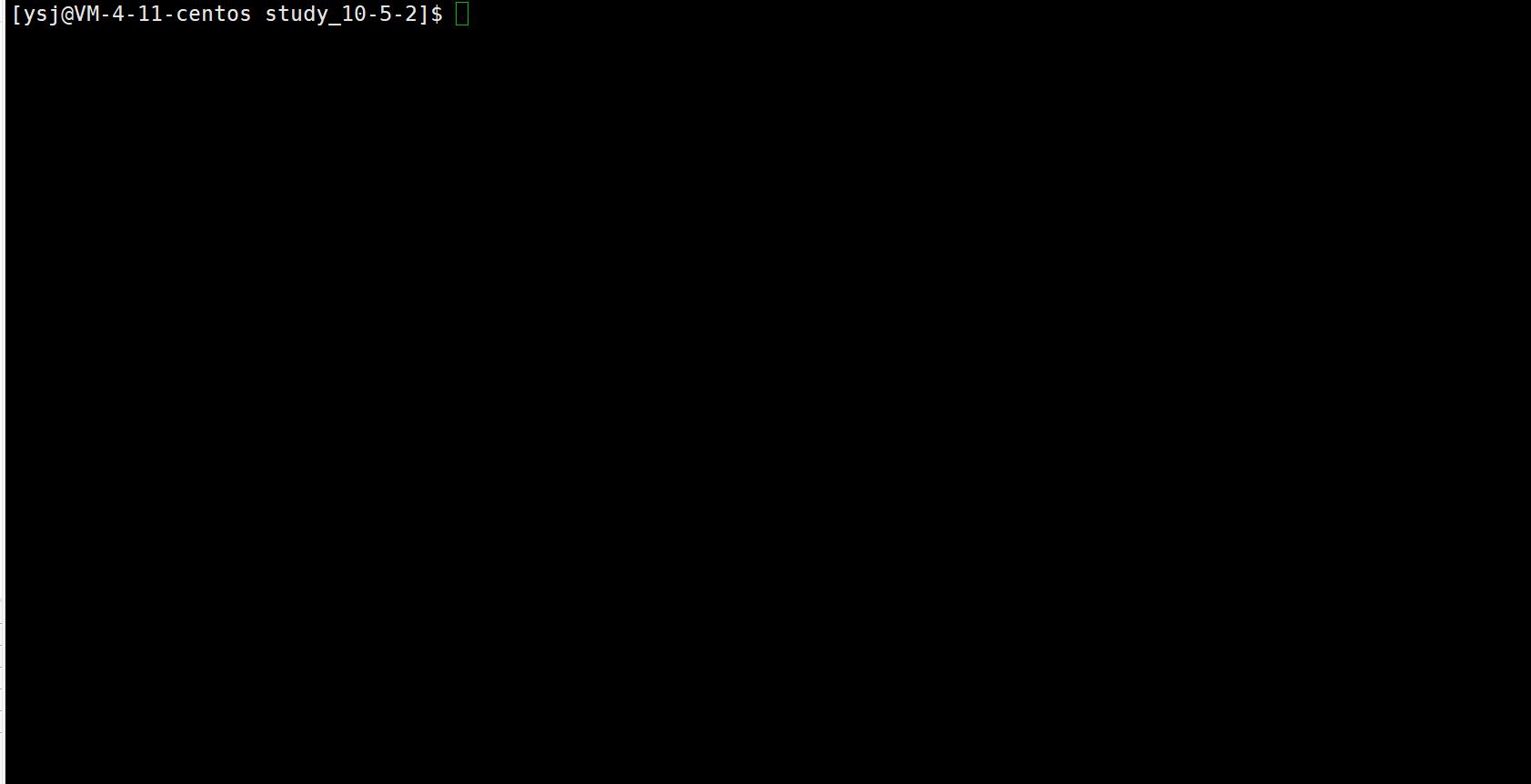
我们看到在父进程读取5次后,父子进程都结束了,子进程也没有继续打印了,而是退出了。
我们不让父进程结束,再来用脚本来观察父子进程的状态:
shell脚本:
while :; do ps axj |grep mypipe | grep -v grep; echo "######################################"; sleep 1; done
效果:
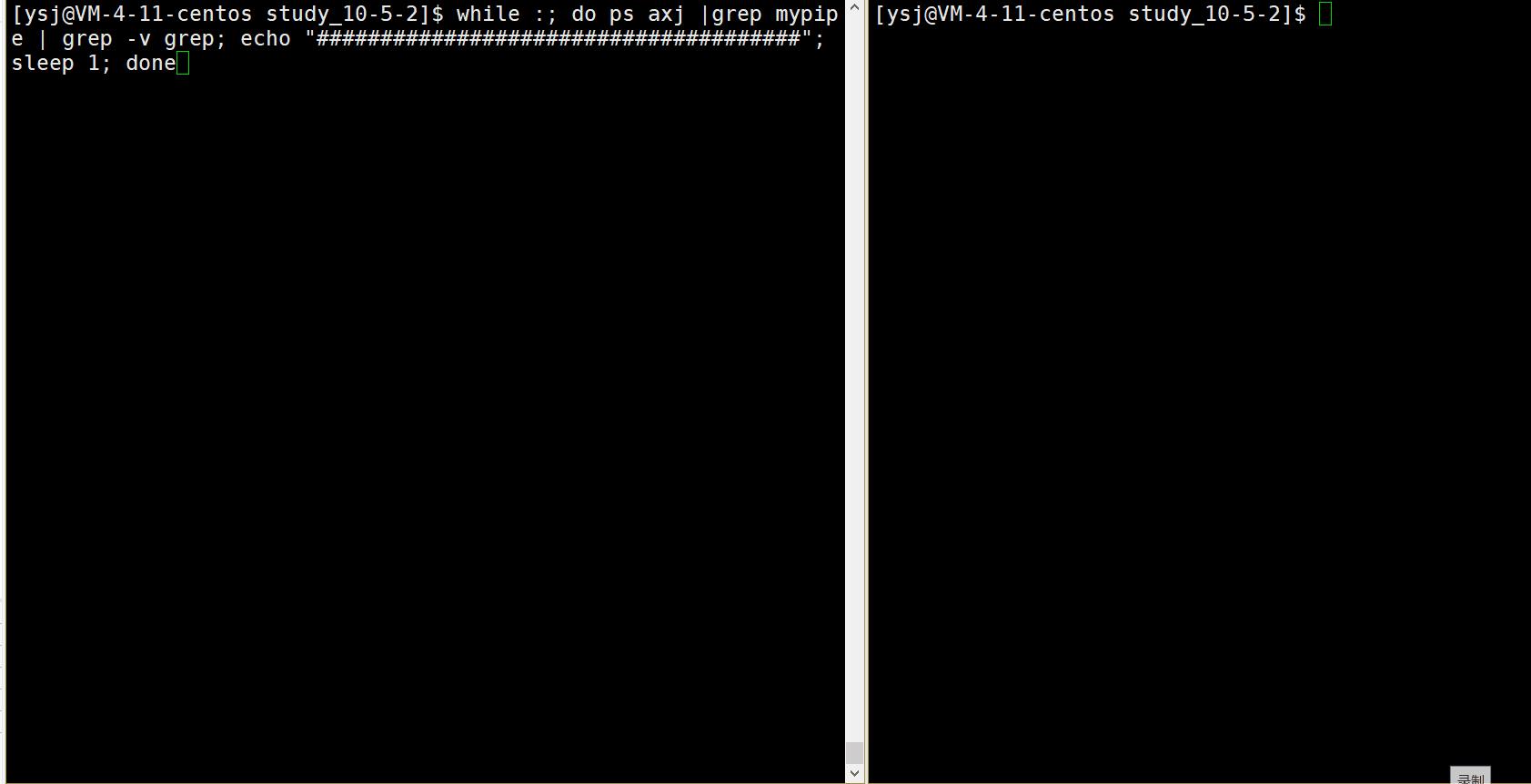
可以看到实际上子进程是处于僵尸状态了,也就是退出了。
实际上,它是被操作系统杀掉了,因为管道里面已经没人读数据了,而子进程还往管道里面写数据是在浪费资源,操作系统不允许这种行为发生,于是,就杀掉了子进程。
既然子进程是被杀掉的,就需要用父进程回收,并且获取它的信号
修改一下代码,让父进程等待,并且获取信号:
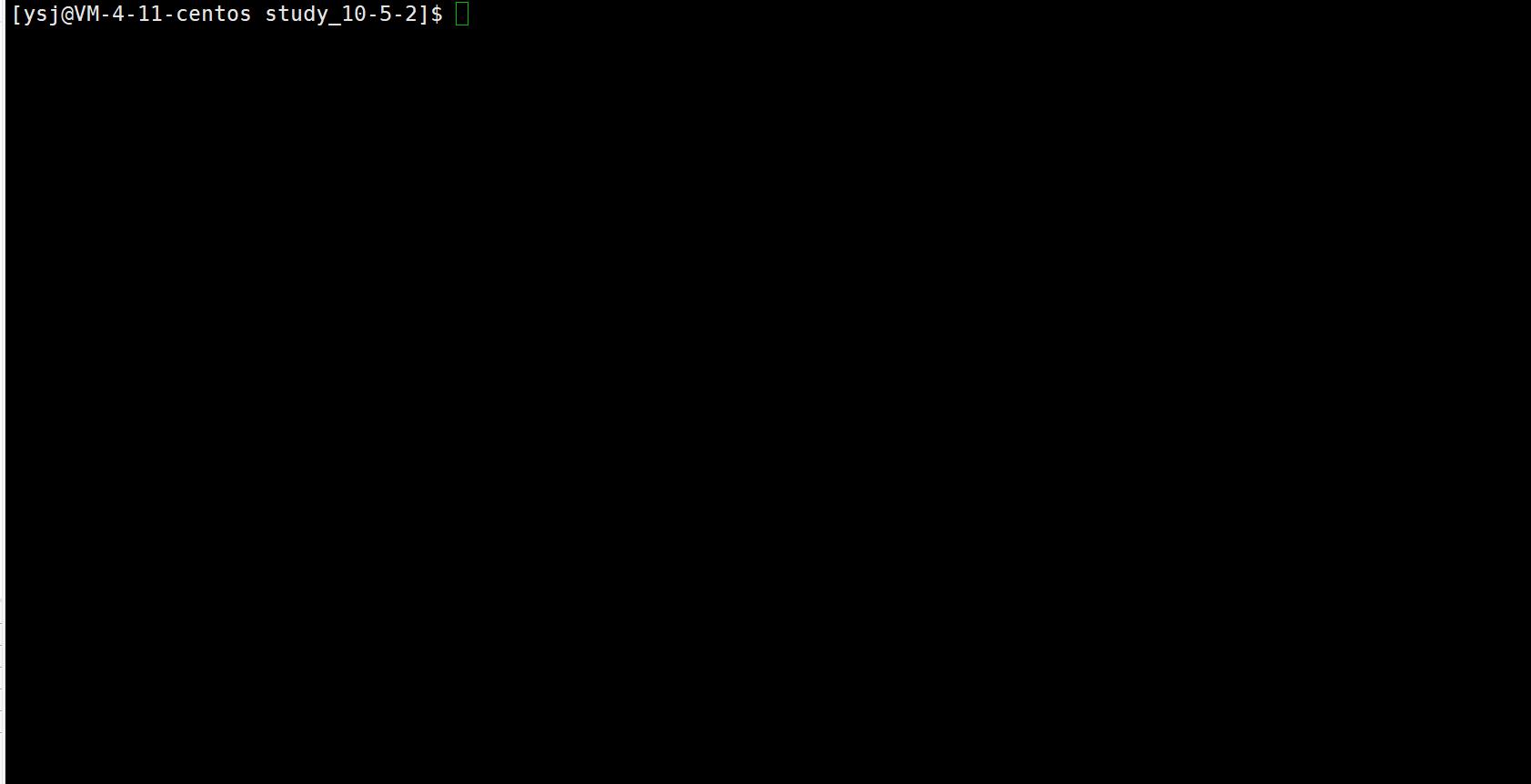
可以看到子进程的退出信号是13
我们使用kill -l查看一下kill的13号命令:

顾名思义,该信号是用来杀死管道相关的进程的。
修改代码:
#include<stdio.h>
#include <unistd.h>
#include<string.h>
#include<stdlib.h>
#include<sys/wait.h>
int main()
int pi[2] = 0;
if (pipe(pi) < 0)//创建匿名管道失败
perror("pipe");
return 1;
int pid = fork();
if (pid < 0)
perror("fork");
return 1;
//让子进程写,父进程读
if (pid == 0)//子进程
//怕失误使用了另一个接口,所以关闭子进程的读
close(pi[0]);
const char* buf = "I am a child!\\n";
int count = 0;
while (1)
write(pi[1], buf, strlen(buf));
printf("CHILD:%d\\n", count++);
exit(2);
else//父进程,只读
close(pi[1]);
char buf[64];
int count = 0;
while (1)
if (5 == count++)
close(pi[0]);
break;
ssize_t以上是关于进程间通信——管道的主要内容,如果未能解决你的问题,请参考以下文章